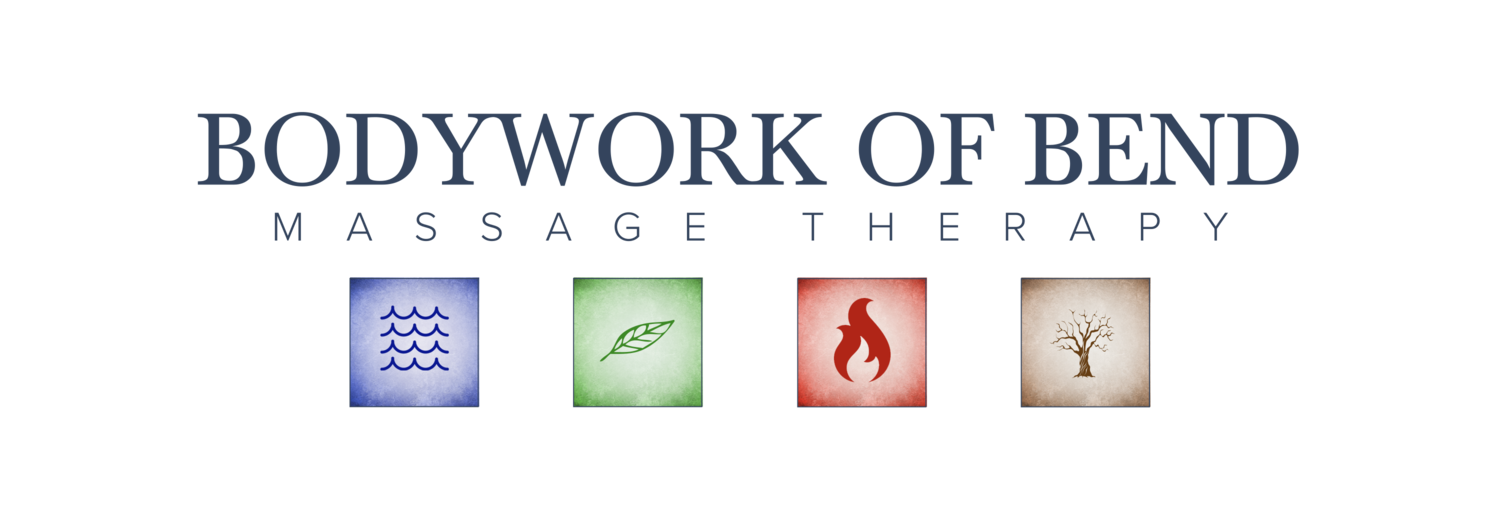Thai Massage
Thai Massage
Originated in India, has been practiced for over 2,500 years. Originally regarded as a healing art, traditional Thai massage includes influences from both Ayurvedic and traditional Chinese medicine. Thai massage is an ancient practice with many benefits that are supported by modern science. It may reduce headaches, decrease back and joint pain, increase flexibility, calms anxiety, and energize your mind and body.
Thai massage isn’t a passive treatment. Unlike typical Western-type massages, it doesn’t involve lying on a massage table while a massage therapist applies oil to your body. Thai massage combines assisted yoga with acupressure techniques. The therapist will incorporate yogic stretching movements as they knead and press muscles along the body’s energy lines. Thai massage combines the principles of acupressure whereby the Sen is stimulated, which is said to balance the energy system in the body.
In Your Thai Massage Session
You lie fully clothed, on a mat, on the ground while a practitioner uses stretching, pulling, and rocking techniques to relieve tension, promote relaxation, and improve flexibility and circulation.
Thai massage may be a good option for you if you want a more active type of massage, where you move and participate instead of lying down throughout your massage. If your range of motion and flexibility are affecting your athletic performance or making it hard to get around, Thai massage may help you move more freely.
Please come wearing clothes that you would wear to practice yoga in (sweatpants, leggings and loose fitting/supportive top). You keep your clothes on throughout the massage. If your muscles are sore or tense, you may feel some discomfort. If you let your practitioner know, the pressure and stretching can be reduced. If you have an injury, or some part of your body is particularly sensitive to pain, be sure to let the practitioner know before they start the massage session.


